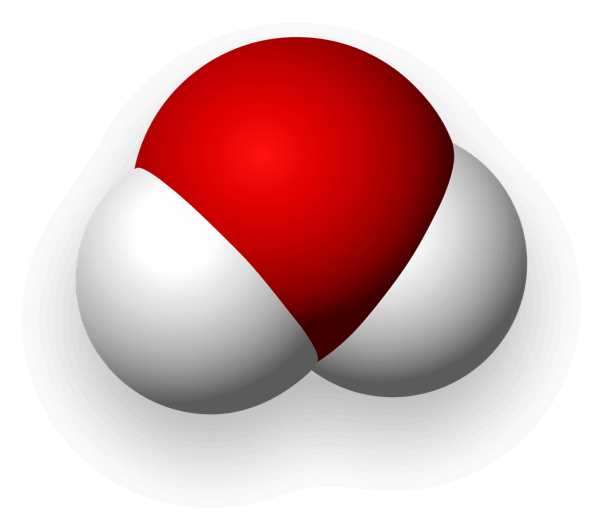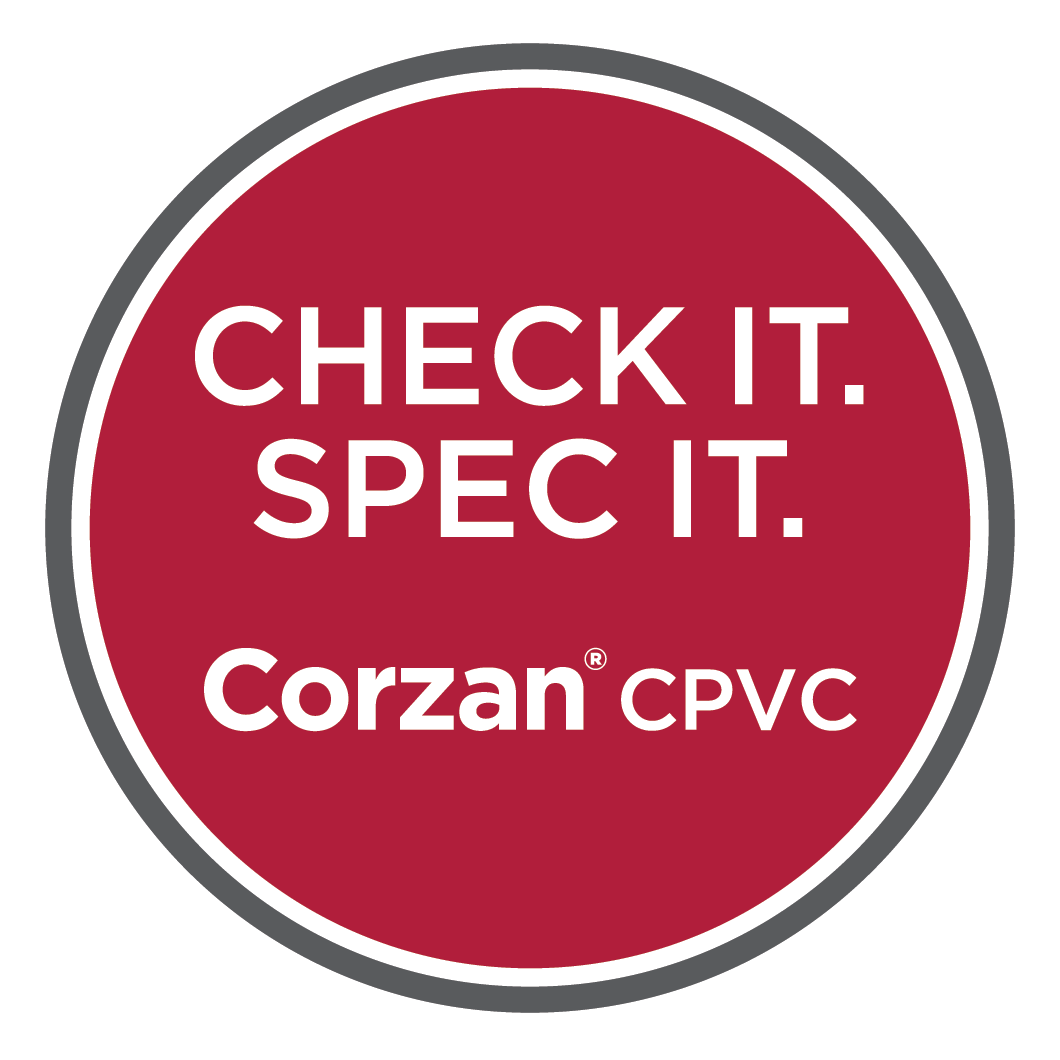Corzan® CPVC is resistant to the reactivity of all water types. The compound works well with water because it:
- Is certified as non-leaching and safe for potable water per NSF 61 standards.
- Is certified and complies with NSF/ANSI Standard 14: Plastic Piping System Components and Related Materials.
- Will not corrode or show signs of wearing.
- Has a large working temperature range.
- Is suitable for interior and exterior installation, both above and below ground.
- Can be joined by a variety of methods to simplify installation.
- Is plenum-rated.
The Drawbacks of Other Materials Handling Water
Metals: Metal piping materials like carbon steel and copper are vulnerable to leaching. Copper, for example, is vulnerable to water with a pH below 6.5, as the “soft” water lacks minerals, making it more aggressive toward unlined metal. Corrosion control may be required to limit the leaching of metal molecules into the supply, and pitting and scaling are still high risks. Because of this susceptibility, metal piping materials are not recommended when purity is a priority.
PEX (cross-linked polyethylene): Some PEX brands do not have NSF 61 ratings in all water conditions and temperatures, including elevated temperatures. PEX also must have added antioxidants to resist the chemicals used to treat potable water. These antioxidants are stripped over time, weakening the pipe and requiring replacement.
HDPE (High-density polyethylene): While HDPE has excellent chemical resistance, it also has low relative stiffness and a significantly higher thermal expansion coefficient compared to other plastics. It also must be heat fused together which involves expensive and additional equipment.
PVDF (polyvinylidene fluoride) and PVDF lined pipes: Additives ensure non-leaching properties, but PVDF is costly to purchase and maintain.
PP (polypropylene) and PP-R (polypropylene random co-polymer): While PP and PP-R avoid beading and crevices for ultra-pure applications, special fusion equipment is needed. Like PEX, the antioxidants in PP-R strip off into the water and cannot be replaced once stripped.
PVC (polyvinyl chloride): PVC is impervious to corrosion and leaching. However, it does not maintain its physical properties when exposed to elevated fluid or atmospheric temperatures. It also often has a lower lifecycle, even at low temperatures, compared to CPVC.


